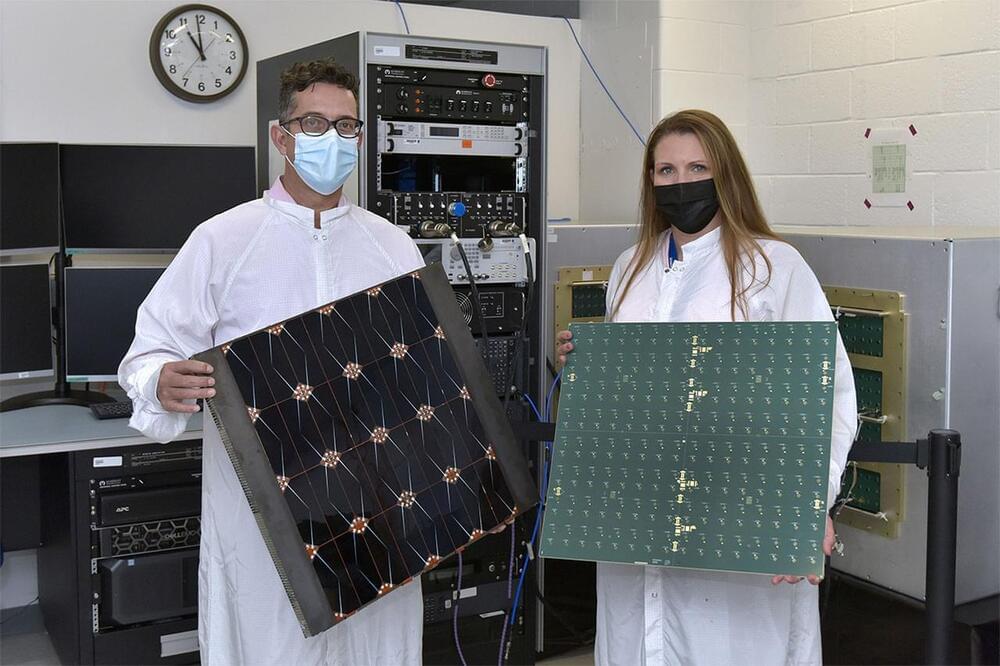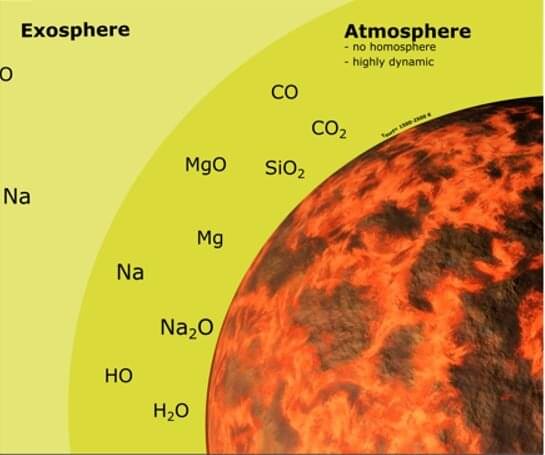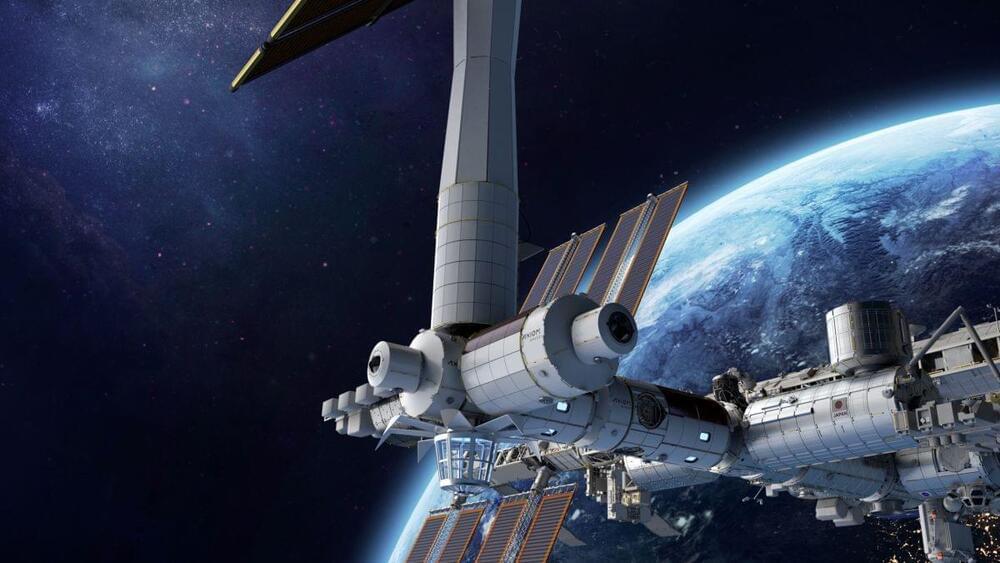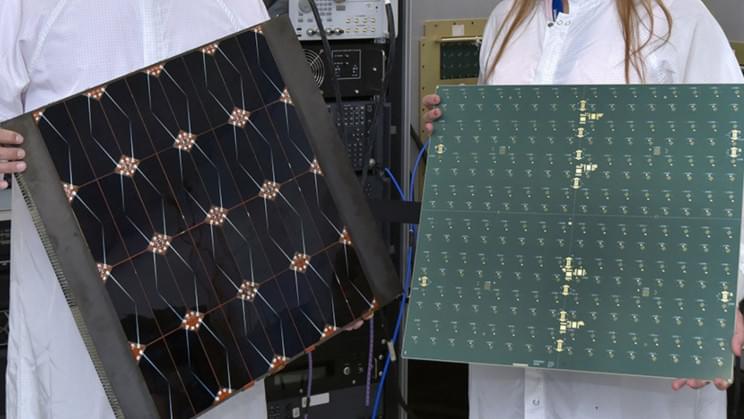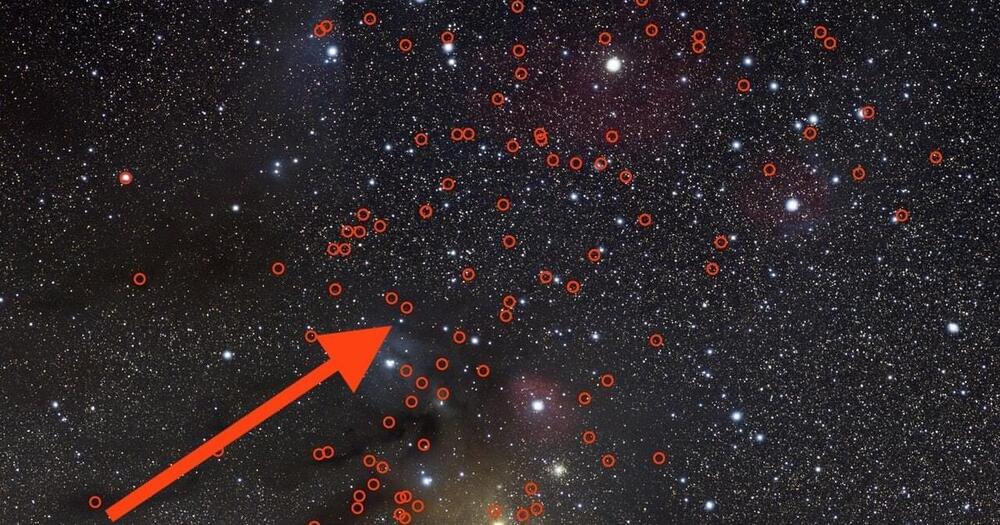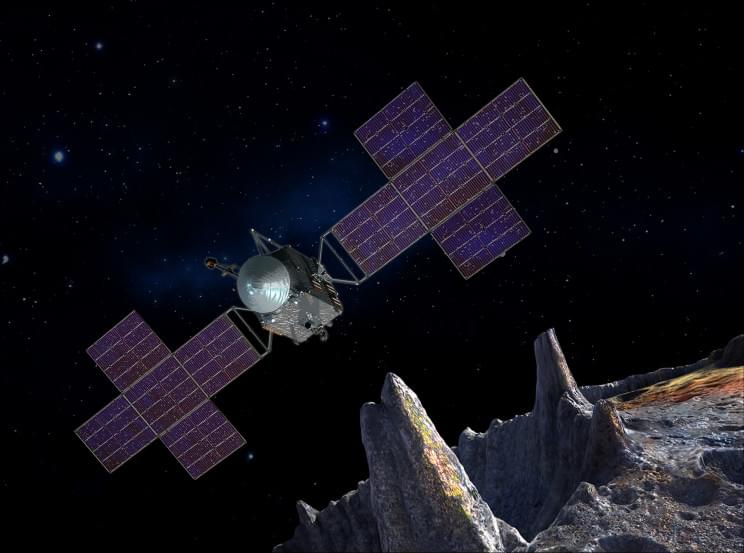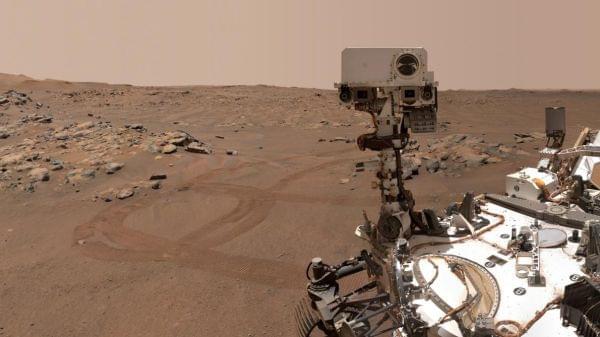Dec 24, 2021
AFRL, Northrop Grumman lab tests space-based solar power technology
Posted by Shubham Ghosh Roy in categories: solar power, space, sustainability
The Air Force Research Laboratory’s (AFRL)and Northrop Grumman’s Space Solar Power Incremental Demonstrations and Research (SSPIDR) Project announced that they are one step closer to collecting solar energy in space and transmitting it to Earth using radio frequency (RF). The team has successfully conducted the first end-to-end demonstration of key hardware for the Arachne flight experiment.
A ground demonstration of novel components for the “sandwich tile” was used to successfully convert solar energy to radiofrequency (RF) – a fundamental step required to pave the way for a large-scale solar power collection system in space. For this to work, it is necessary to use receiving antennas on Earth to convert RF energy into usable power.
Space solar power is a key focus of AFRL, which awarded Northrop Grumman a $100 million contract in 2018 for the development of a payload to demonstrate the key components of a prototype space solar power system. The sandwich tile is currently under development as an essential payload component for Arachne and as a building block for a large-scale operational system.
